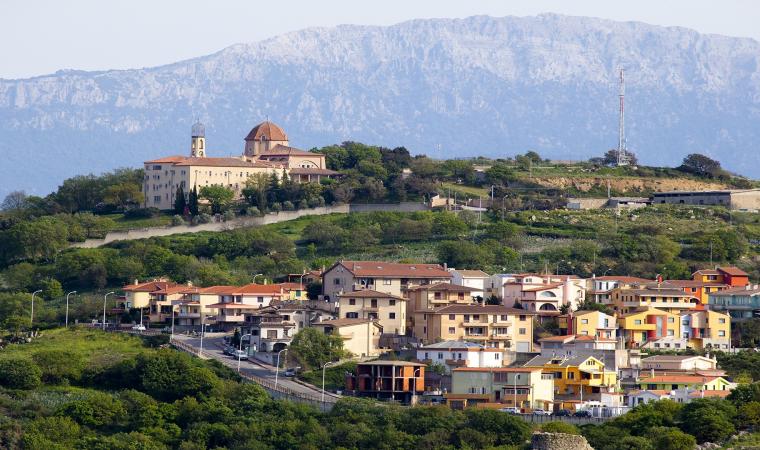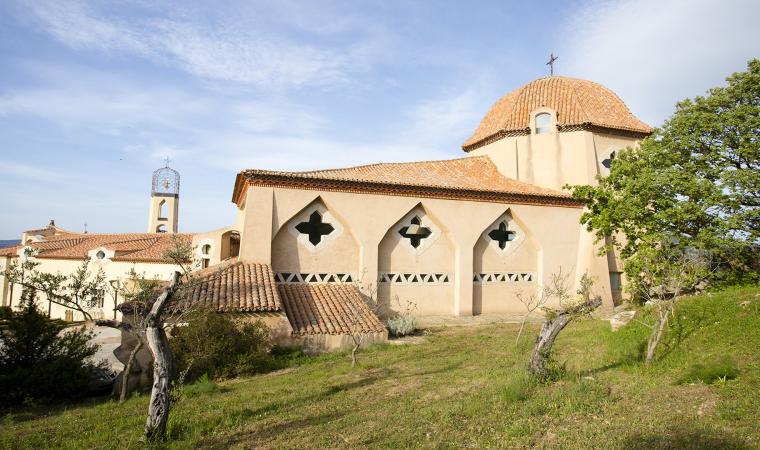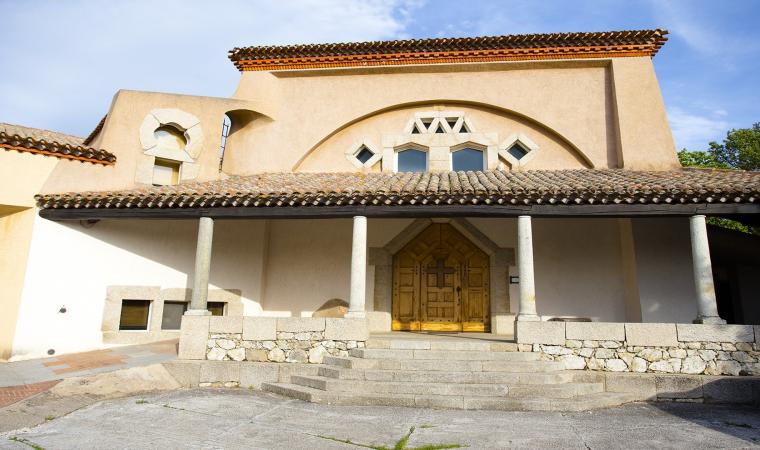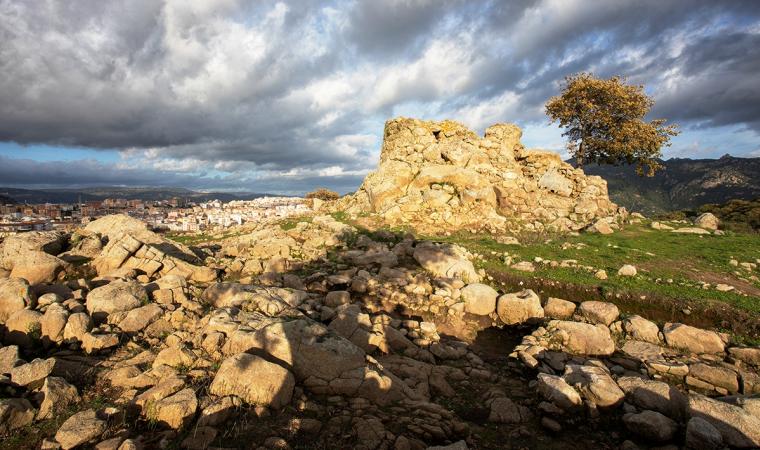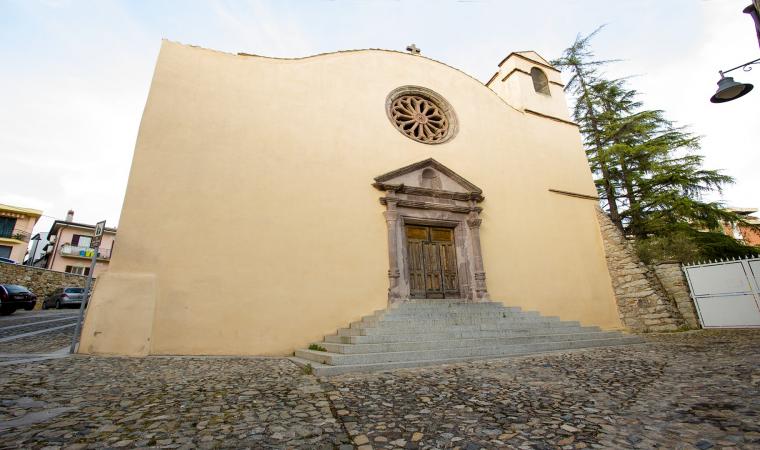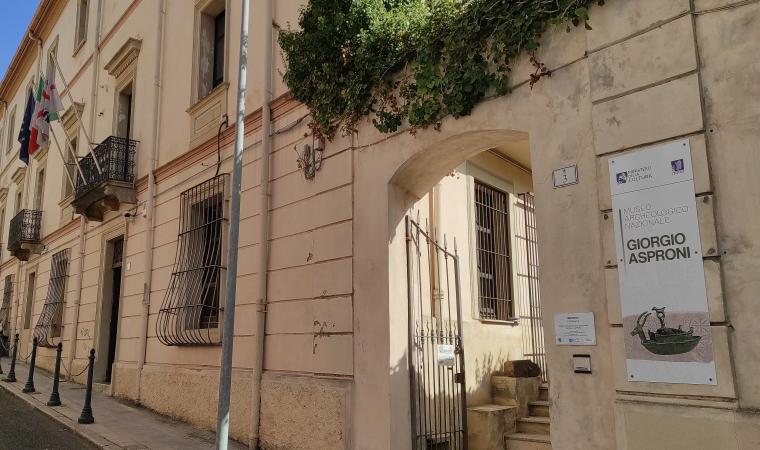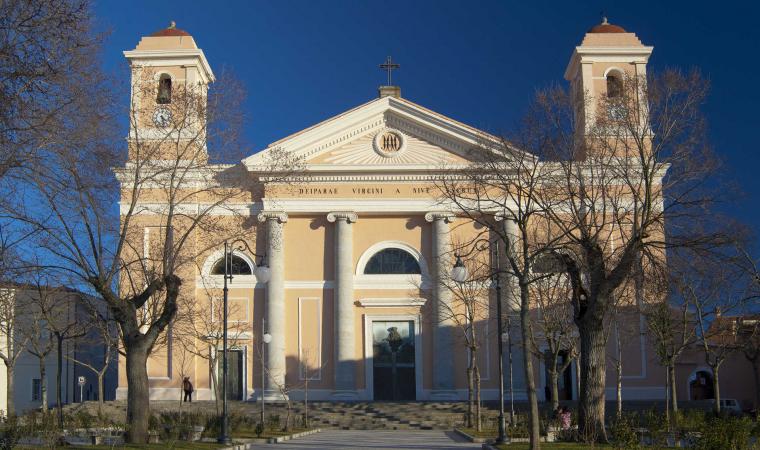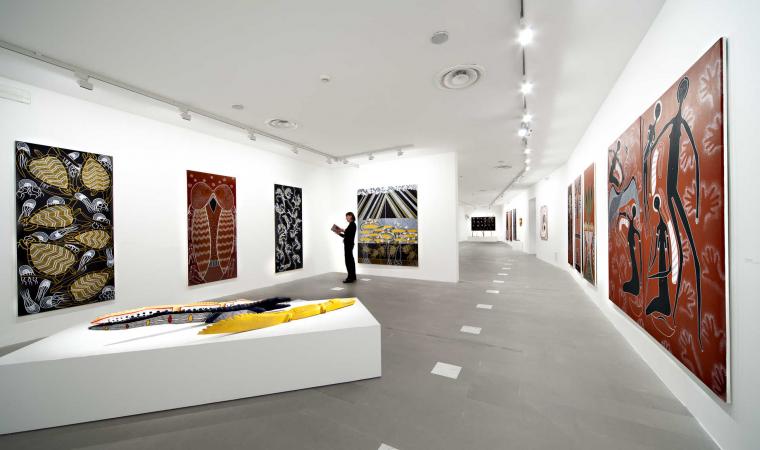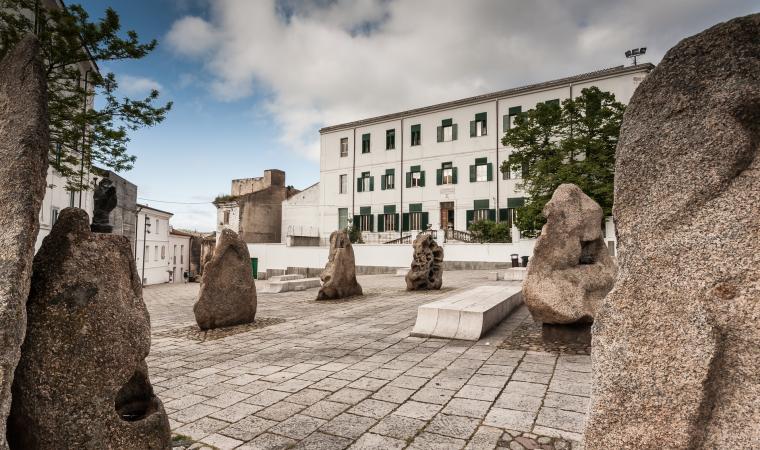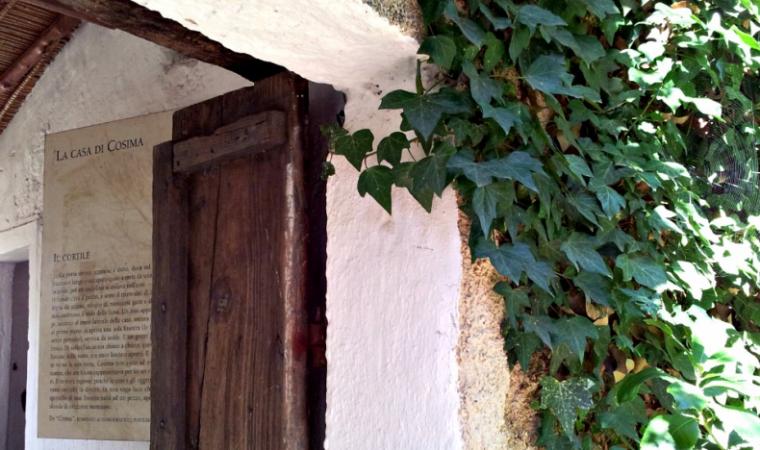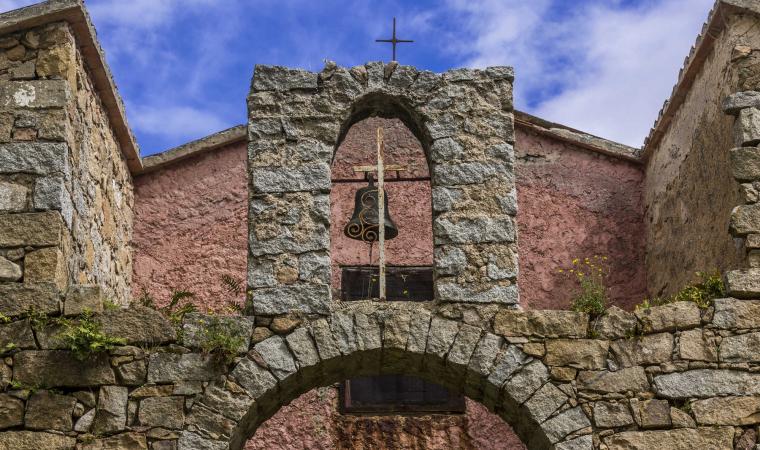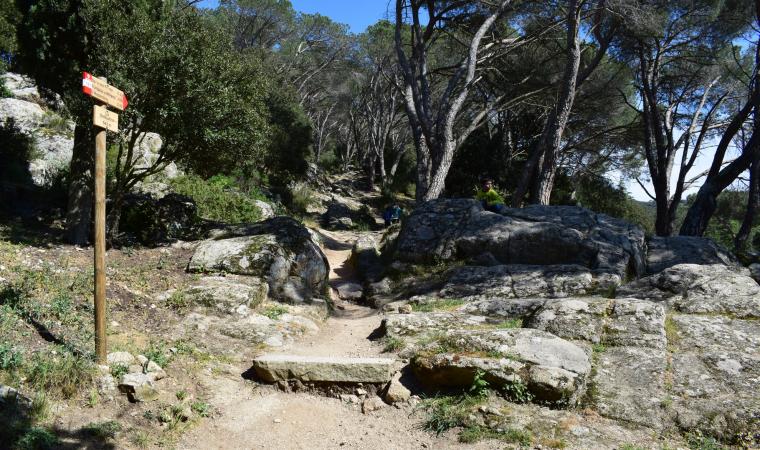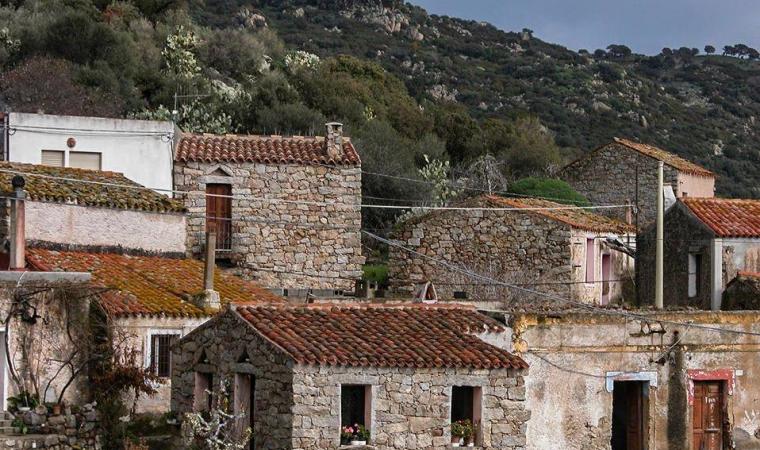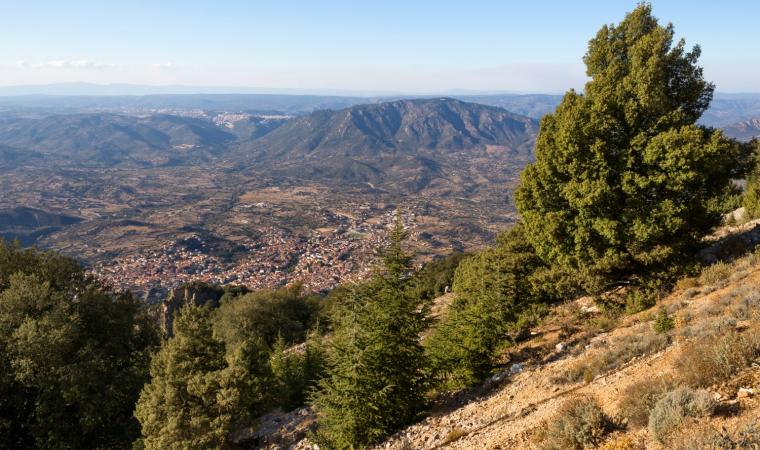The majestic Monastery of the Carmelitane Scalze (Barefoot Carmelites) has been defined as a “marvellous miracle of Divine Providence” and sits alone, silently on Cuccullio hill, three kilometres outside of Nuoro. Its French architect, Savin Couelle, designed it to house 24 monks and was one of the forefathers, if you will, of the Emerald Coast. He was enamoured of Sardinia and did not leave it, desiring to repay his debt for the hospitality he had received by creating (of his own volition) another masterpiece. The bulk of the monastery looks like a castle on a hilltop, grandiose outside, poetic inside.
The image of it as an austere monolithic fortress evaporates as soon as you enter and discover the genius of the architect and his talent in using humble materials combined with fine and elegant lines. The result is a fluid architecture made of patterns, symbolism and plays of light. The work contains theological messages like the destruction of Christ and the deep humiliation of the Cross. The octagonal dome that closes the church symbolises the eighth day, resurrection and new life. The development of the building is vertical. Once inside you’ll go down to the altar, the lowest point, whereas you go up to the basin, the summit of the apse, together these features represent the Ascension. The building is graced with higher and lower areas that represent life’s own struggles. The tabernacle set in the rock, on the other hand, is an echo of the nature that surrounds Nuoro, just like the huge shell – brought in from Mauritius – symbolizes the sea and the island. The wooden statue of the Virgin Mary – hence the consecration Mater Salvatoris – came from the United State of America. It is damaged and burnt because it dates to the French revolution when the Jacobins desecrated religious symbols out of disrespect. On the side walls are four small bronze crosses bearing the date the church was consecrated: 20 May, 1994.


